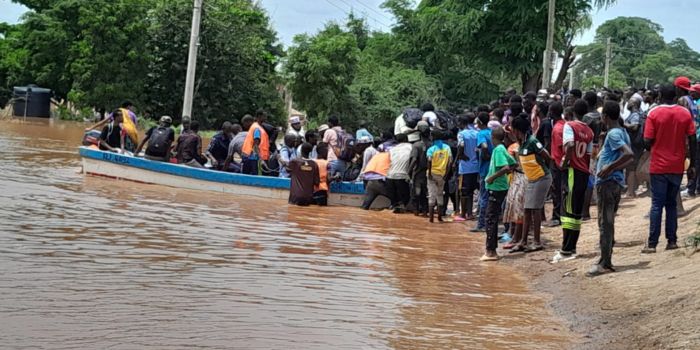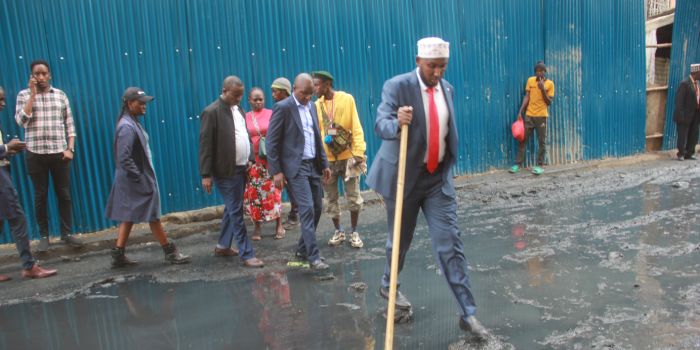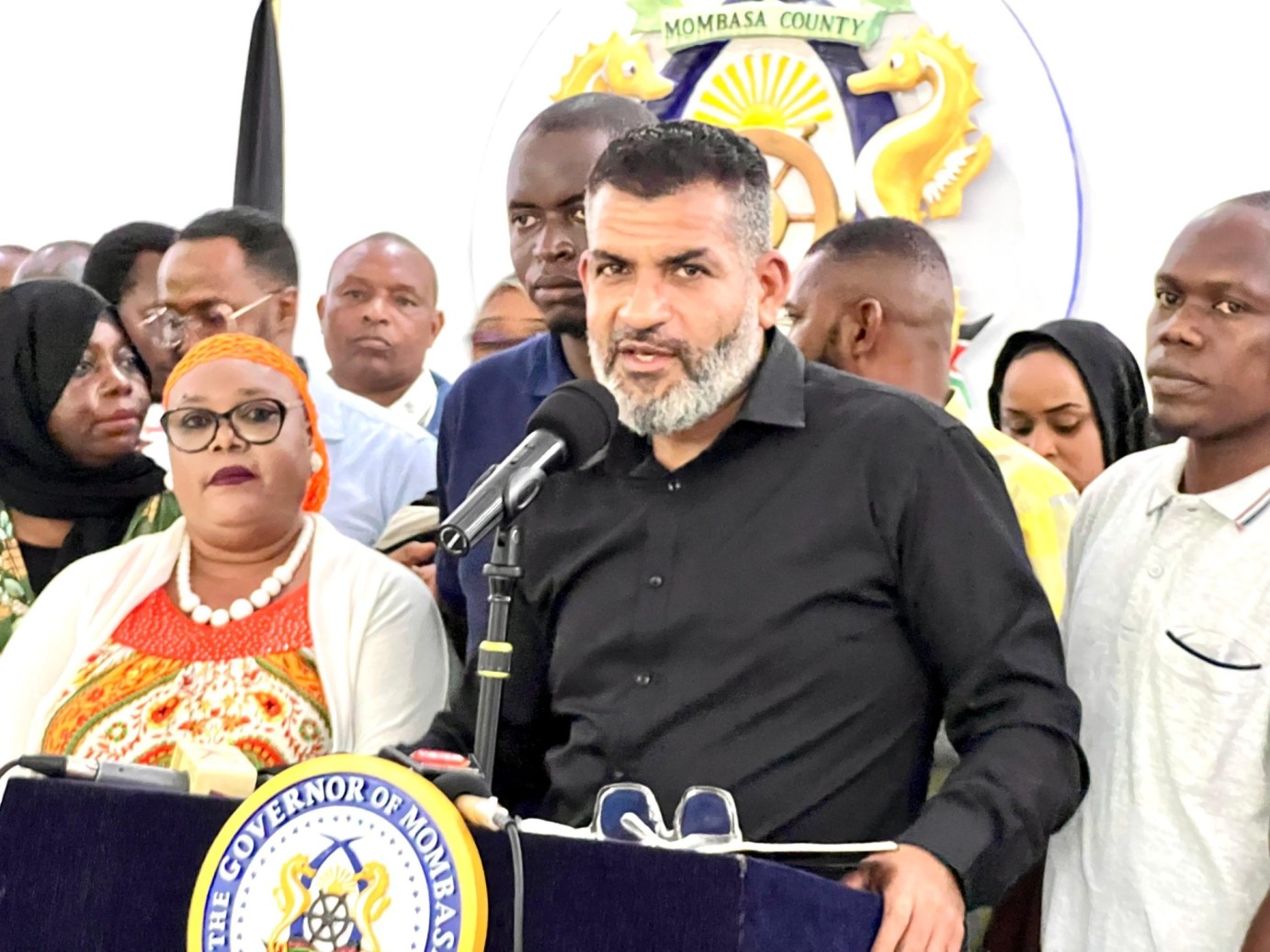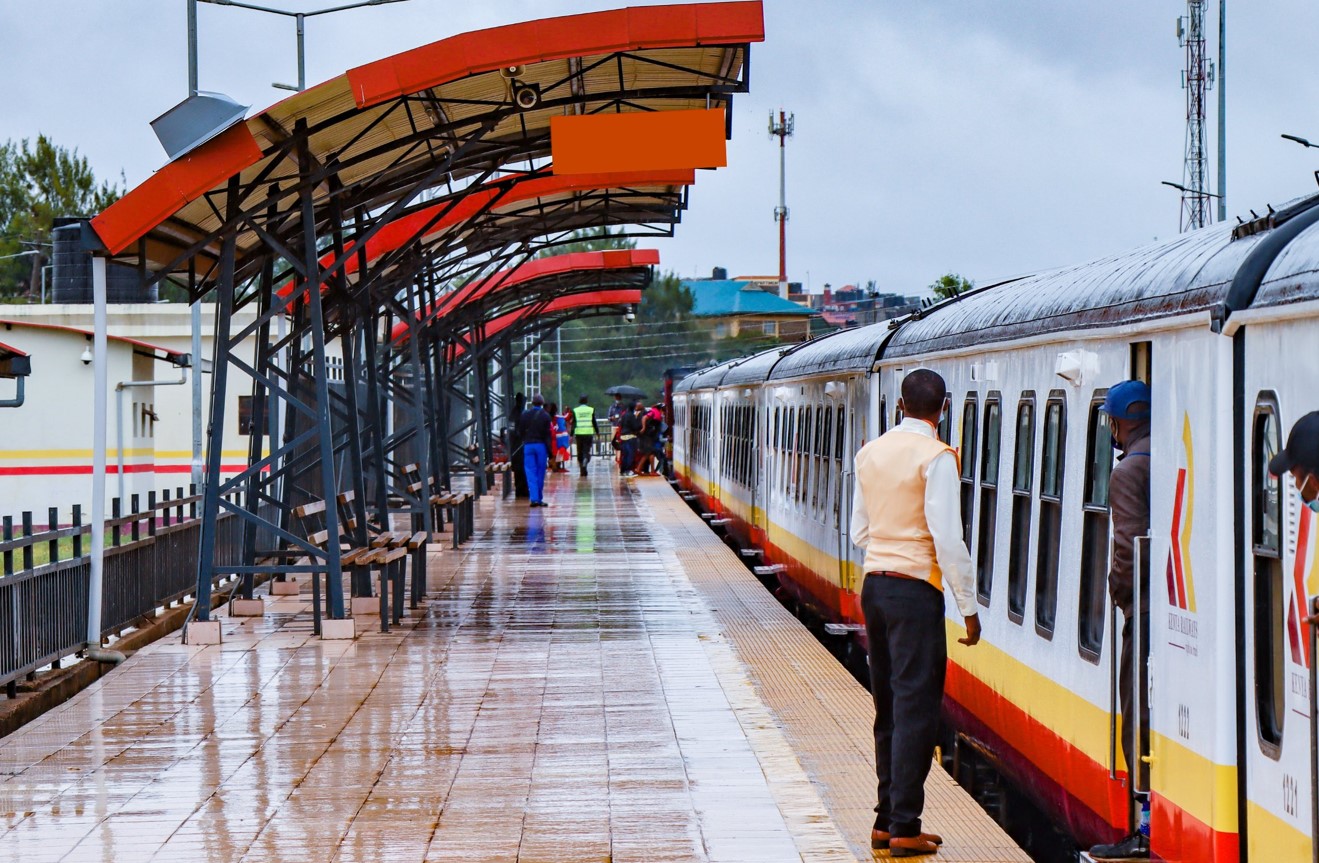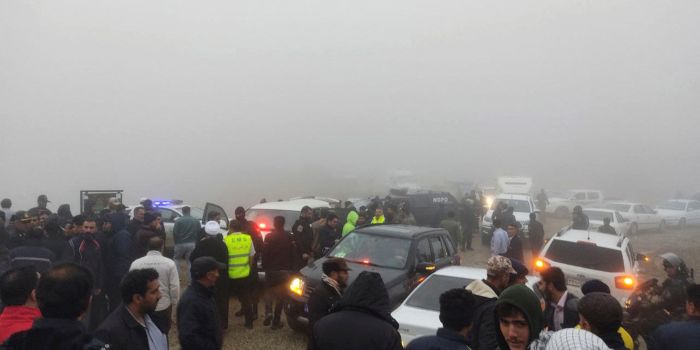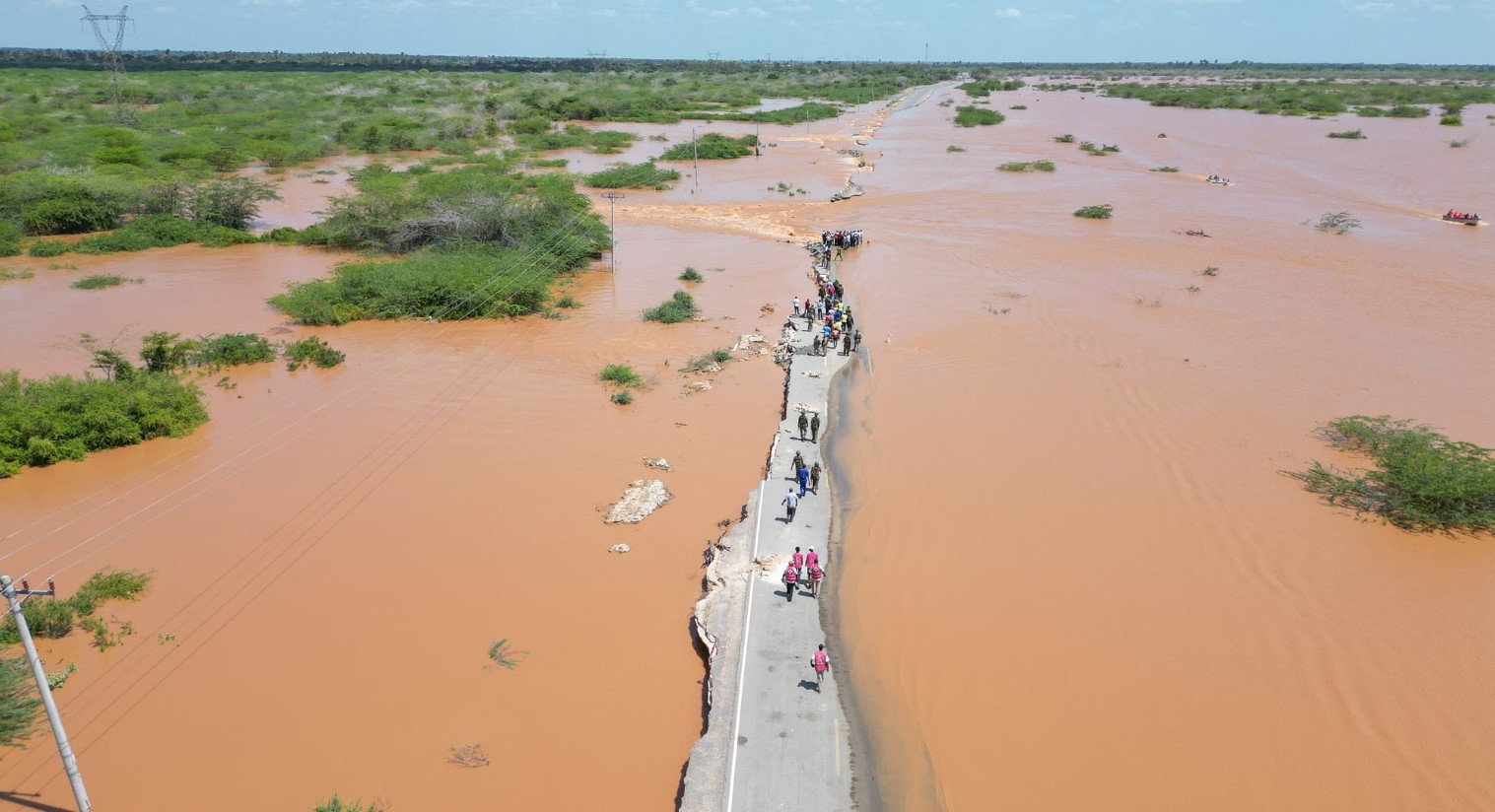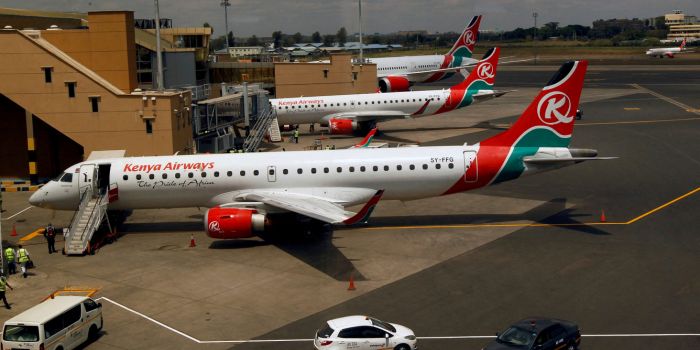17 dead, over 36,000 displaced by El Nino rains in Kenya - UN
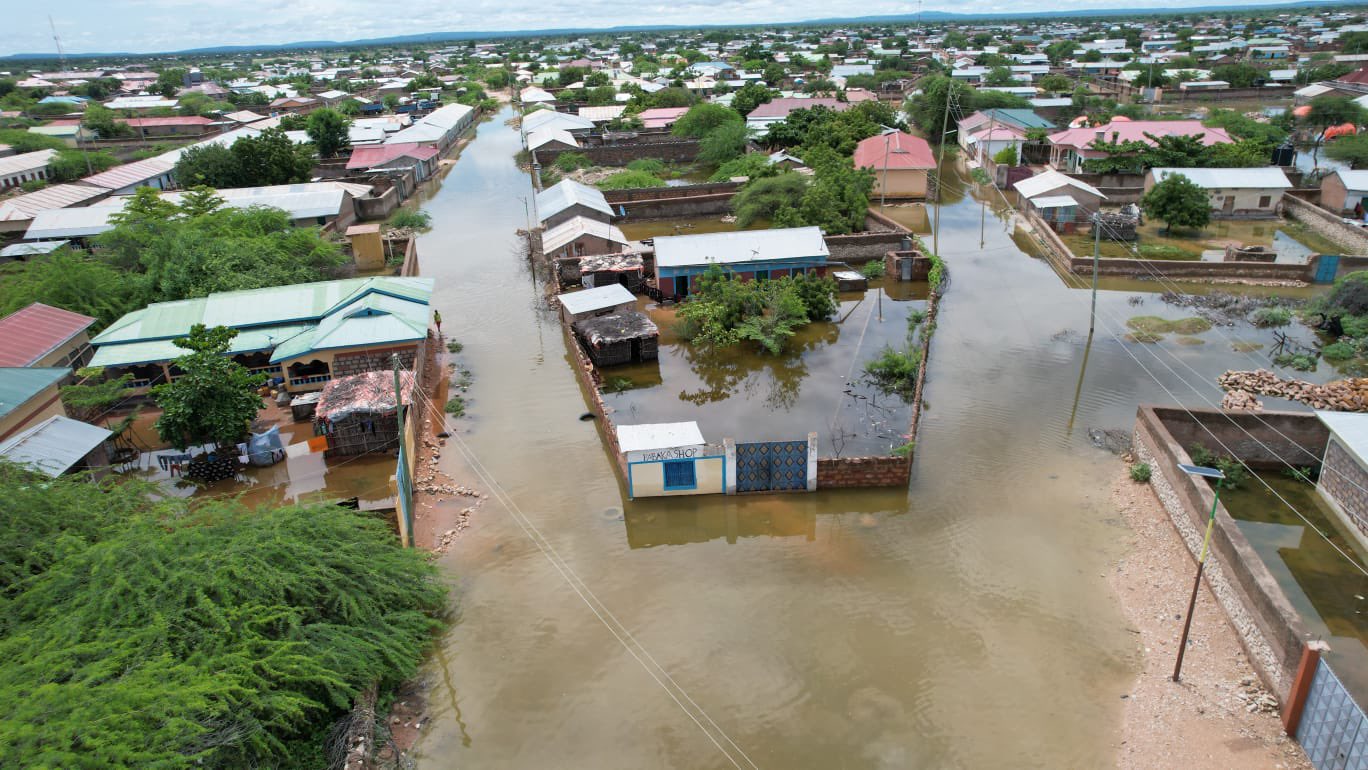
By Amina Wako |
The UN Office for the Coordination of Humanitarian Affairs Areas said areas of particular concern include Mandera, Garissa, Wajir, and Tana River counties as well as parts of the upper eastern areas of Kenya.
At least 17 have been left dead and 36,000 people have been displaced by the recent El Nino rains that have pounded Kenya, the United Nations Office for the Coordination of Humanitarian Affairs (Ocha) has said.
In its latest situational report on the impact of heavy rains and flooding released on Wednesday, Ocha says over a thousand livestock and 221 acres of agricultural farmland have also been lost as of 5 November.
Keep reading
"The third and fourth weeks of October marked the beginning of the rainy season (October – December) characterized by heavy storms that caused flooding, particularly along the Coastal strip, in some areas of the Central Highlands, Southeast lowlands and several areas of Northwest and Northeastern Kenya," Ocha said.
The UN Office for the Coordination of Humanitarian Affairs Areas said areas of particular concern include Mandera, Garissa, Wajir, and Tana River counties as well as parts of the upper eastern areas of Kenya.
"By mid-October, floods at the Kakuma Refugee Camp in Turkana County had impacted over 43 refugee families. At least five people, including women and children, are said to have drowned and died in various rivers in the county, according to initial reports," Ocha said.
An estimated 1,821 households in Mandera County were displaced due to flash flooding in different locations including in Mandera North, Hareri Village and Dariqa Sub-Location in Mandera East, Shimbir Fatuma in Mandera South and Lafey Town.
"Some of the displaced people moved in with relatives or family. In addition to 150 homes and 120 toilets, public service infrastructure and commercial services also suffered damage from heavy rains and flooding. Authorities and partners are worried about the potential risk of waterborne diseases due to contamination, waterlogging, and restricted access to water, sanitation and hygiene (WASH) facilities," Ocha said.
This is the situation in Elwak. Homes submerged, lives disrupted—this is the reality.
— Kenya Red Cross (@KenyaRedCross) November 7, 2023
26,011 families in parts of the North Eastern region (Wajir, Garissa and Mandera) are now grappling with the harsh impact of floods, leaving 13,473 displaced.
Kenya Red Cross teams are on the… pic.twitter.com/X3t2modgaA
Heavy rains and flooding in Wajir County have persisted impacting mainly Lafaley, Eldas, El Boru idho, Buna, Della towns, and Wajir municipality affecting an estimated 1,625 households.
Infrastructure damaged
Initial reports indicate that five people died and nearly 100 shops, 231 latrines and three boreholes were damaged.
Some 55 homes in Lafaley area of Wajir's Tarbaj Sub-County were submerged. School infrastructure was also partially destroyed.
The heavy rains in Eldas Sub-County of Dela Town caused scores of households to be displaced and resulted in the loss of household items.
Some of the affected households have relocated to Dela Primary School. Due to inadequate drainage systems, the Orahey market located on Mandera Road in Wajir Municipality experienced flooding as well.
Heavy rains in Mandera South Sub-County caused the nearby dam to overflow, destroying buildings and infrastructure. The River Daua in Mandera East Sub-County overflowed its banks, inundating nearby villages and agricultural fields.
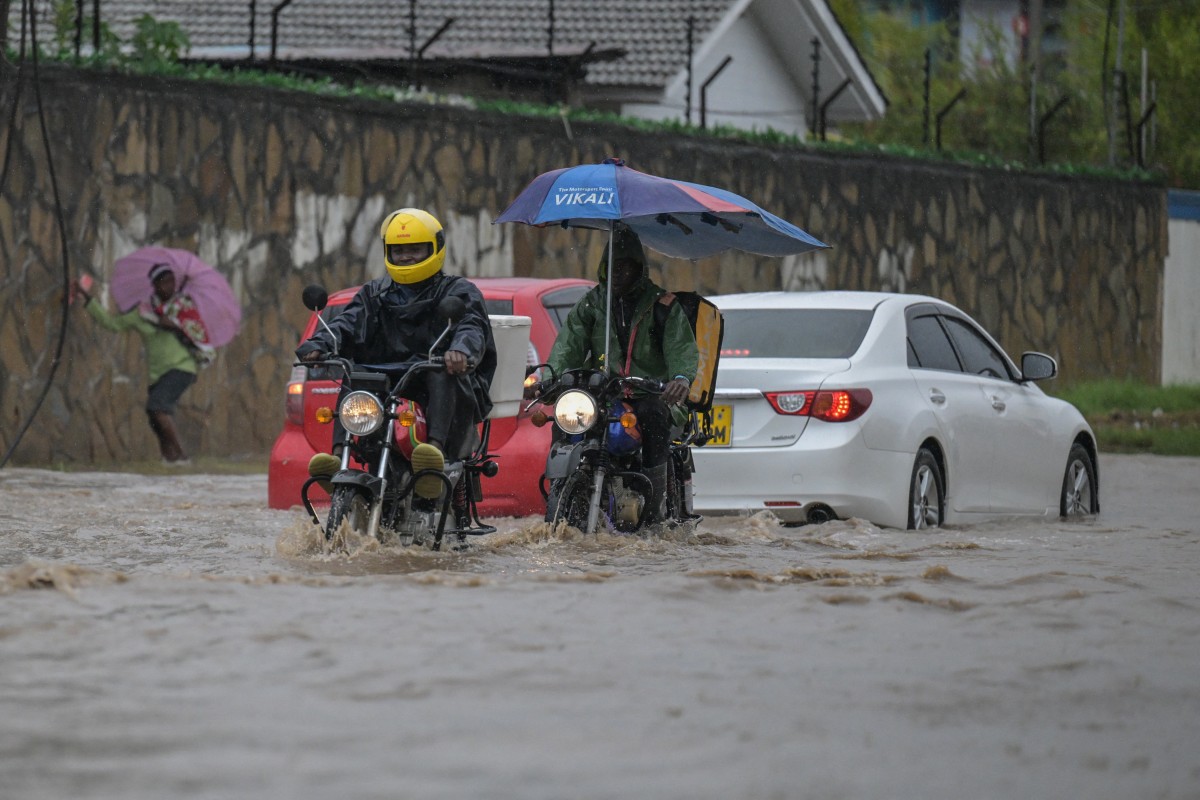 Motorbike riders wade through a waterlogged street after heavy rains in Mombasa on November 3, 2023. (Photo by SIMON MAINA / AFP)
Motorbike riders wade through a waterlogged street after heavy rains in Mombasa on November 3, 2023. (Photo by SIMON MAINA / AFP)According to the Kenya National Highway Authority (KeNHA), intense rains in Marsabit County caused the Malgis River to overflow its banks, resulting in flooding that affected Logologo and the Isiolo— Marsabit – Moyale Road.
River Hallam became impassable cutting off road access between Kargi and Marsabit towns. This has impacted schoolchildren, particularly those sitting for exams, transportation of patients, and expectant mothers, and delivery of necessary supplies.
Three people reportedly died in Samburu county. Roads in South Horr and downstream in the county, as well as farmland, were destroyed in the lowlands of Mount Kulal.
Two children in Garissa County died due to flooding in Lagdera Sub-County, while 1,050 households have been displaced in Gurufa Town, Koma Gababa and Liboi.
The rising water levels in the Tana River Delta now present an immediate flooding threat to more than 2,000 households.
The villages of Bulla Dhima, Diid, Buwa, Asako, and Mbalambala are also among the most affected.
In the refugee camps of Dadaab and Hagadera, six cases of cholera were reported. In Mombasa County, flooding in Kibarani and a section of Mombasa-Changamwe Road was cut off and several vehicles were submerged at the newly built Makupa Bridge in the outbound lane.
In Isiolo County, where 884 households have been affected, a man on a motorbike was swept away, according to reports, while the Kina-Kulamawe Road is flooded and impassable.
Source: United Nations Office for the Coordination of Humanitarian Affairs


